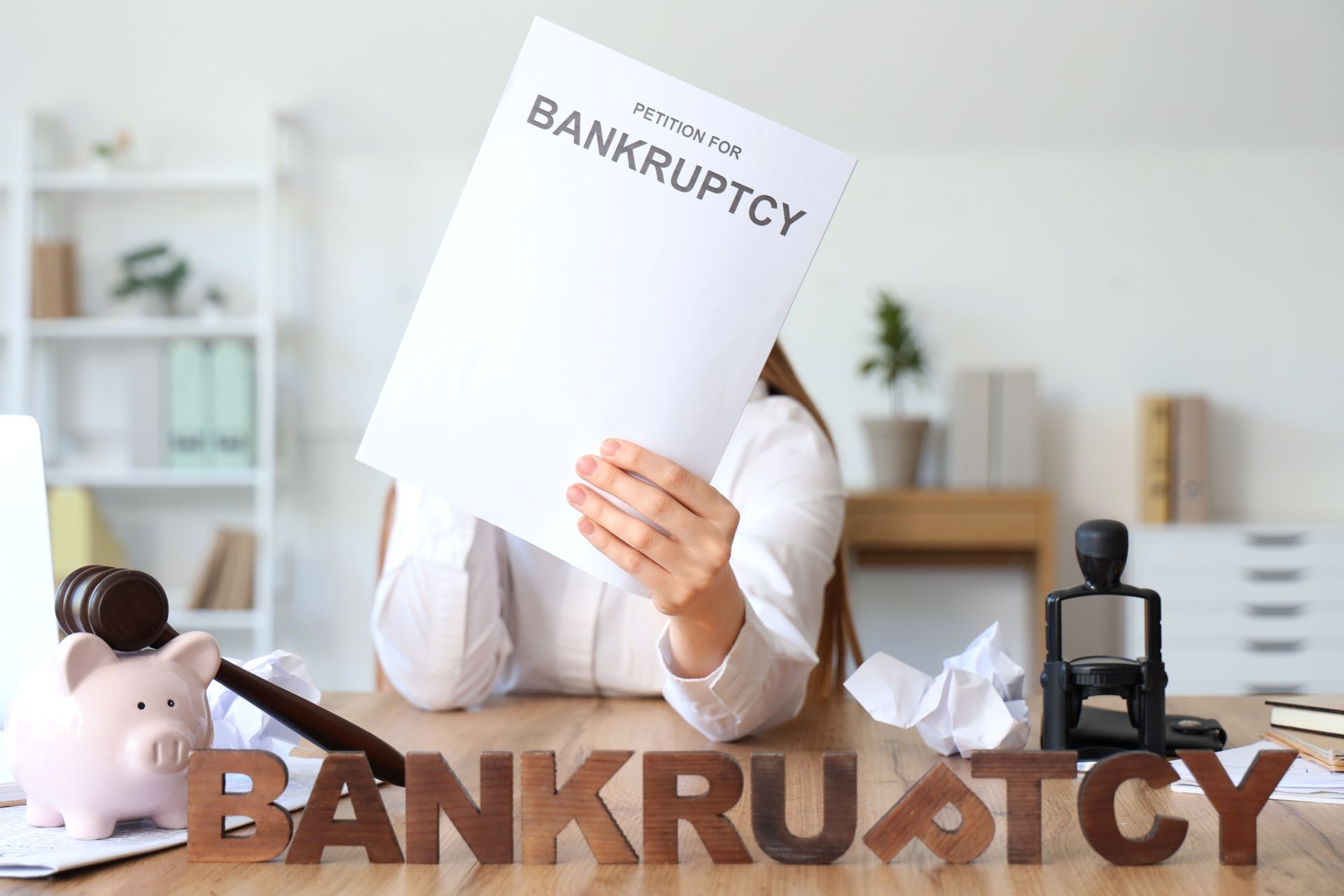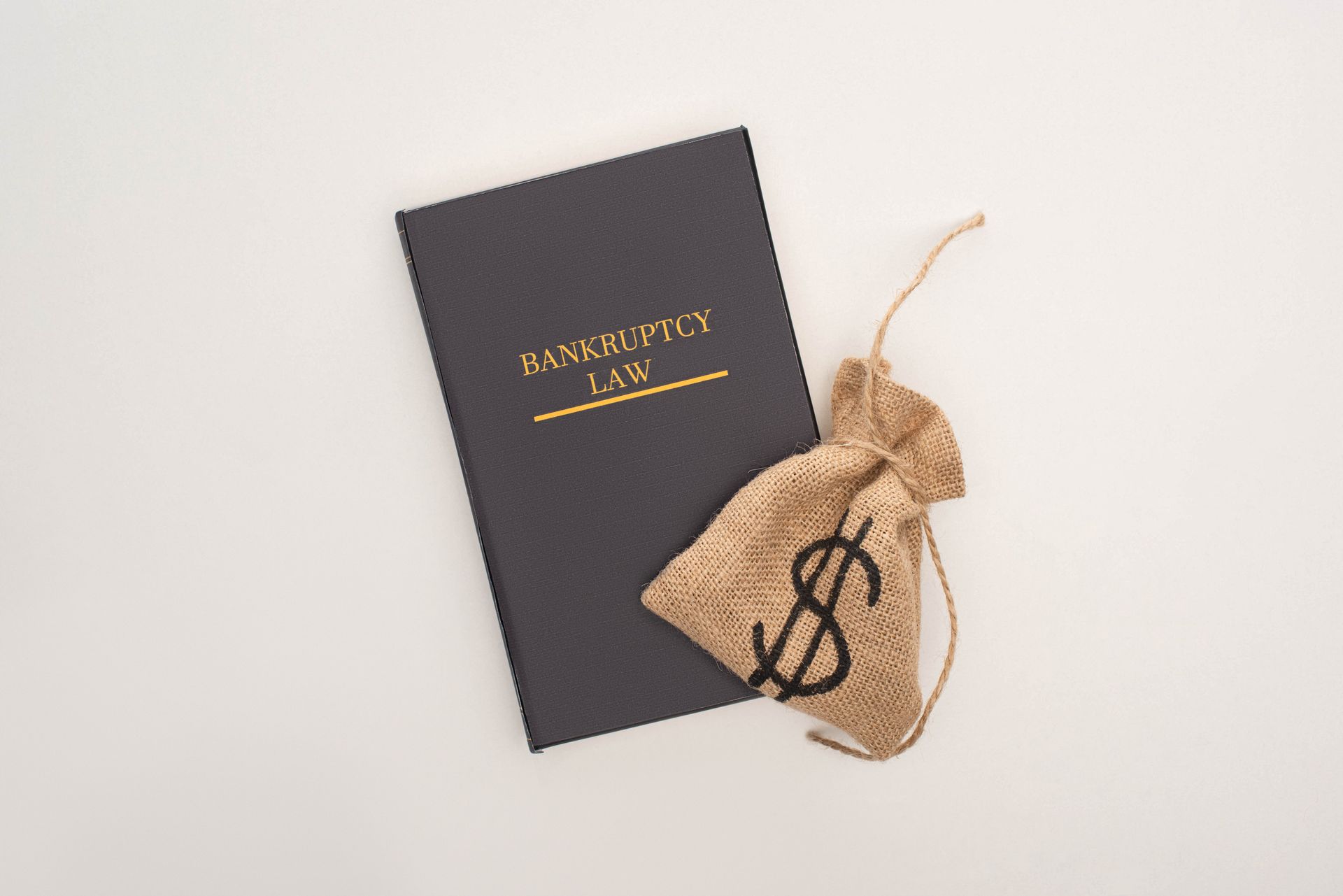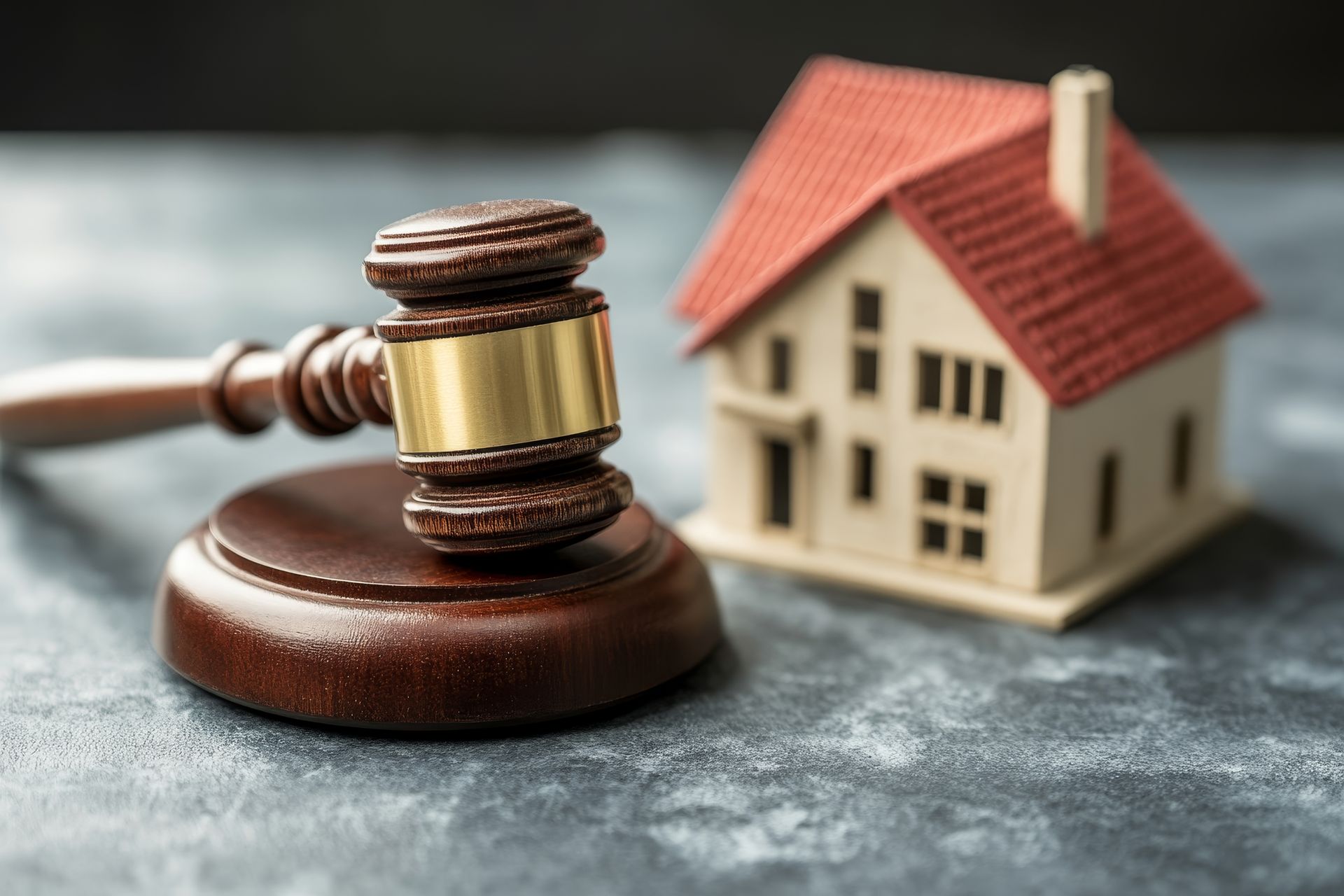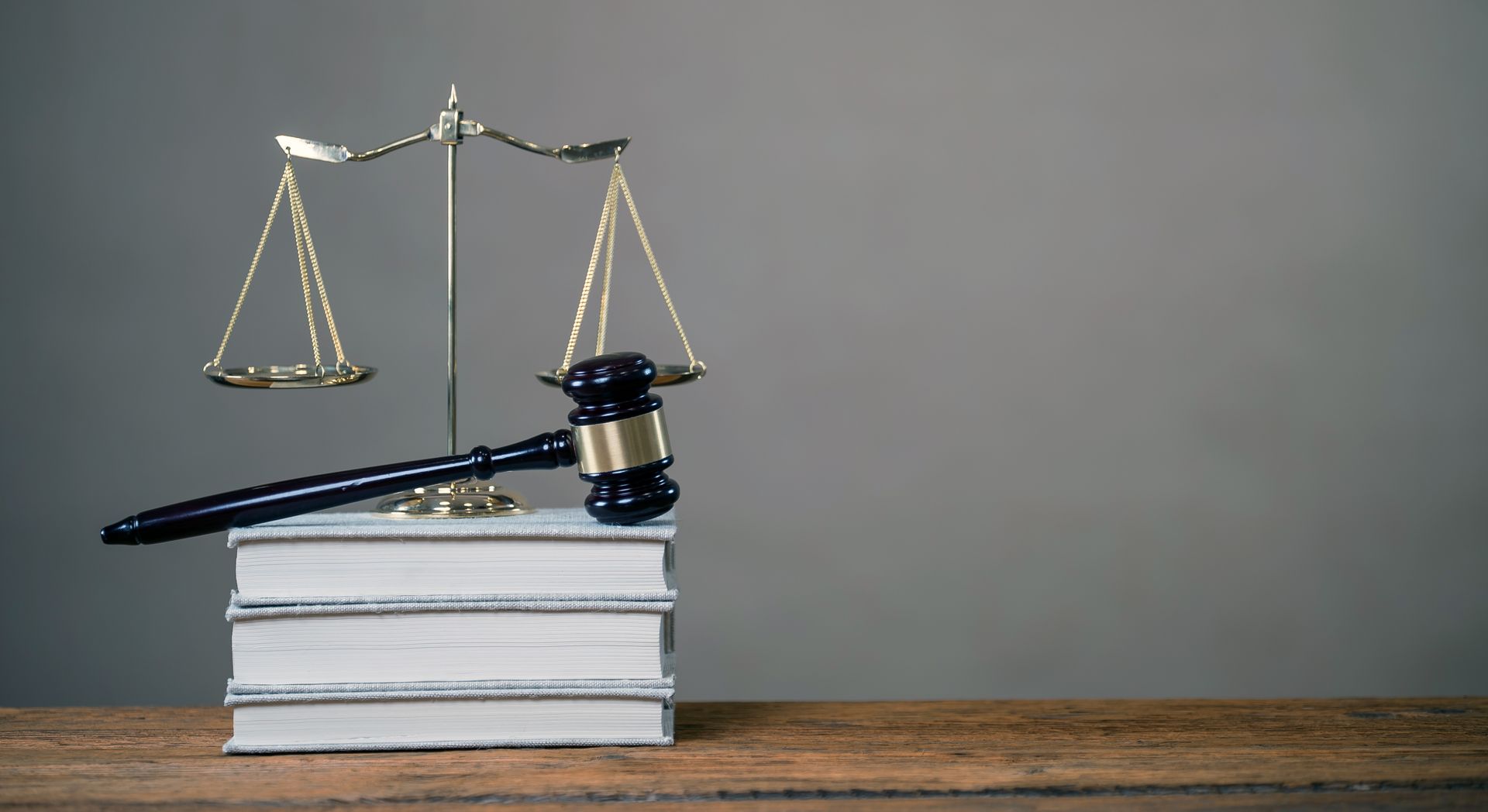Understanding Consumer Bankruptcy in Oklahoma: A Beginner’s Guide
Understanding Consumer Bankruptcy in Oklahoma: A Beginner’s Guide
When facing overwhelming debt, many Oklahomans consider bankruptcy as a pathway to financial stability. This guide provides a comprehensive overview of consumer bankruptcy in Oklahoma, focusing on essential concepts and processes to help you make informed decisions.
What Is Consumer Bankruptcy?
Consumer bankruptcy refers to a legal process designed to help individuals manage or eliminate their debts. In Oklahoma, most individuals file under Chapter 7 or Chapter 13 of the U.S. Bankruptcy Code, each offering unique benefits and requirements.
Chapter 7 Bankruptcy
Chapter 7 bankruptcy, often called “liquidation” bankruptcy, allows individuals to discharge most unsecured debts, such as credit card balances, personal loans, and medical bills. A trustee may sell non-exempt assets to repay creditors, but Oklahoma law provides exemptions that protect essential property like a primary residence, personal belongings, and certain income.
Chapter 13 Bankruptcy
Chapter 13 bankruptcy, also known as a “wage earner’s plan,” enables individuals to reorganize debts into a manageable repayment plan over three to five years. This option is particularly helpful for those who want to keep their home or car while catching up on missed payments.
Key Benefits of Bankruptcy in Oklahoma
Filing for bankruptcy offers several advantages:
- Automatic Stay: Stops collection efforts, including lawsuits, wage garnishments, and creditor calls.
- Debt Relief: Eliminates or restructures unsecured debts, providing a fresh start.
- Asset Protection: Oklahoma’s generous exemptions can protect your home, vehicle, and retirement accounts.
- Path to Recovery: While bankruptcy affects credit, it can also be the first step toward rebuilding your financial health.
Who Can File for Bankruptcy in Oklahoma?
Most individuals can file for Chapter 7 or Chapter 13 if they meet eligibility requirements:
- Chapter 7: Must pass the means test, which compares your income to the median for your household size in Oklahoma.
- Chapter 13: Requires a steady income to fund the repayment plan and limits on total secured and unsecured debts.
The Bankruptcy Process in Oklahoma
- Consultation: Seek guidance from a knowledgeable attorney to evaluate your situation.
- Credit Counseling: Complete a mandatory credit counseling session from an approved provider.
- File Petition: Submit paperwork detailing your finances, debts, and assets.
- Automatic Stay: Immediately halts most collection actions.
- Trustee Review: A trustee oversees the case and may request additional information or documentation.
- 341 Meeting: Attend a meeting with the trustee and creditors to review the case.
- Discharge or Repayment: For Chapter 7, eligible debts are discharged; for Chapter 13, you’ll begin the repayment plan.
Common Questions About Consumer Bankruptcy
- Will I lose everything? No. Oklahoma’s exemptions protect essential property, such as your home and car.
- Can I stop foreclosure? Yes. Filing for bankruptcy triggers the automatic stay, which temporarily halts foreclosure proceedings.
- How long does it take? Chapter 7 typically takes 3–6 months, while Chapter 13 involves a 3–5 year repayment plan.
Is Bankruptcy Right for You?
Bankruptcy isn’t the right solution for everyone, but it can offer much-needed relief for those facing insurmountable debt. If you’re struggling with unpaid bills, wage garnishments, or collection lawsuits, it’s worth considering your options under Oklahoma bankruptcy laws.













